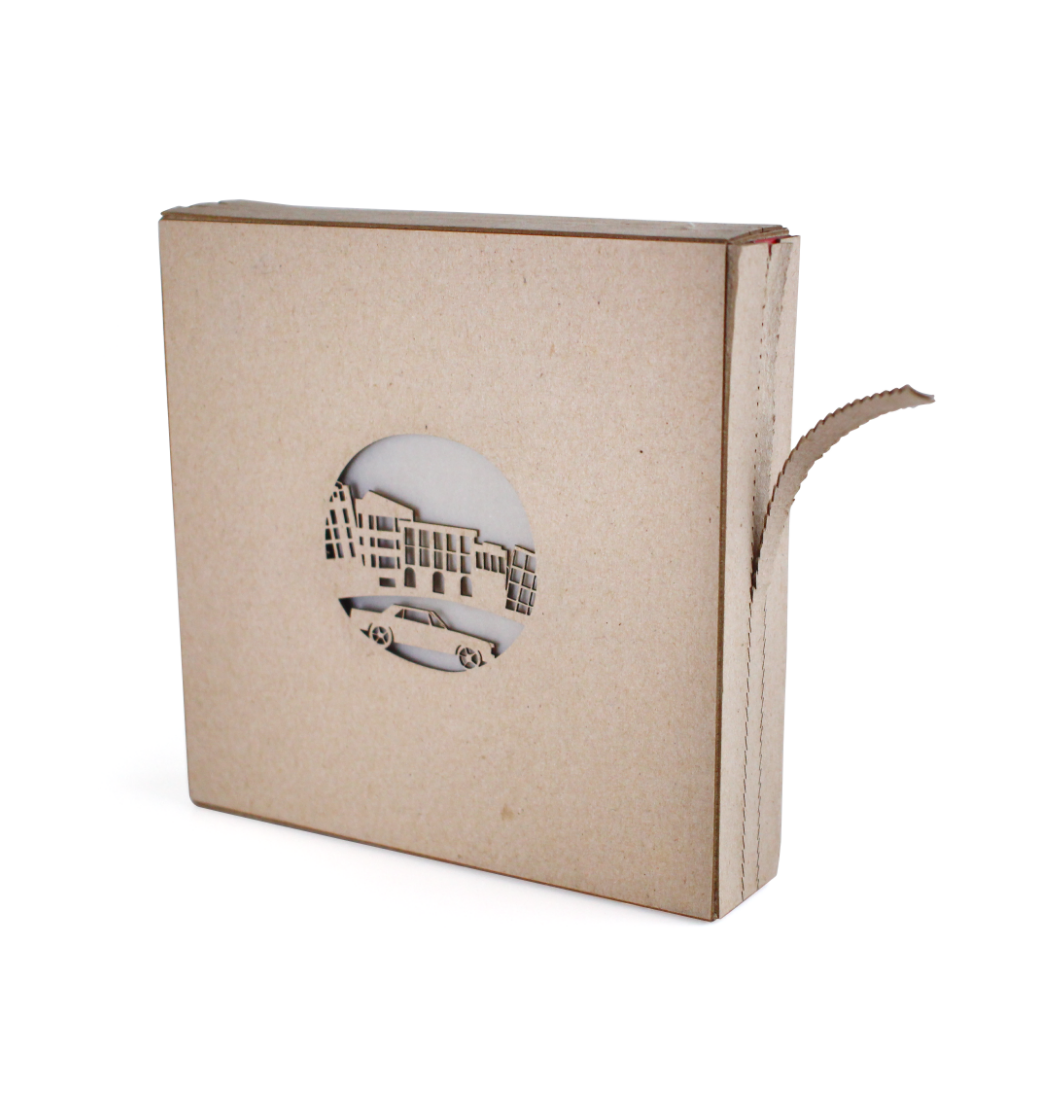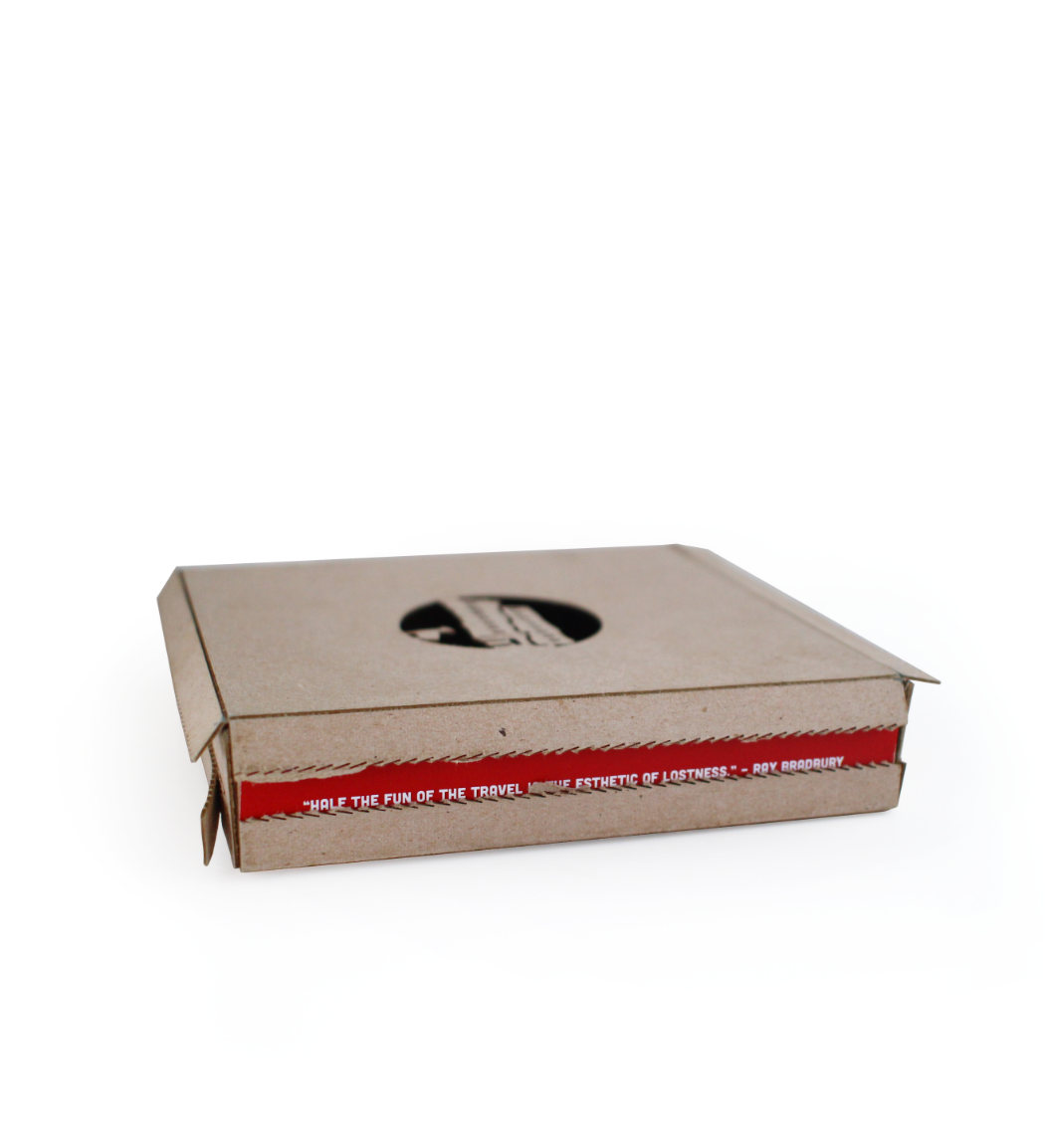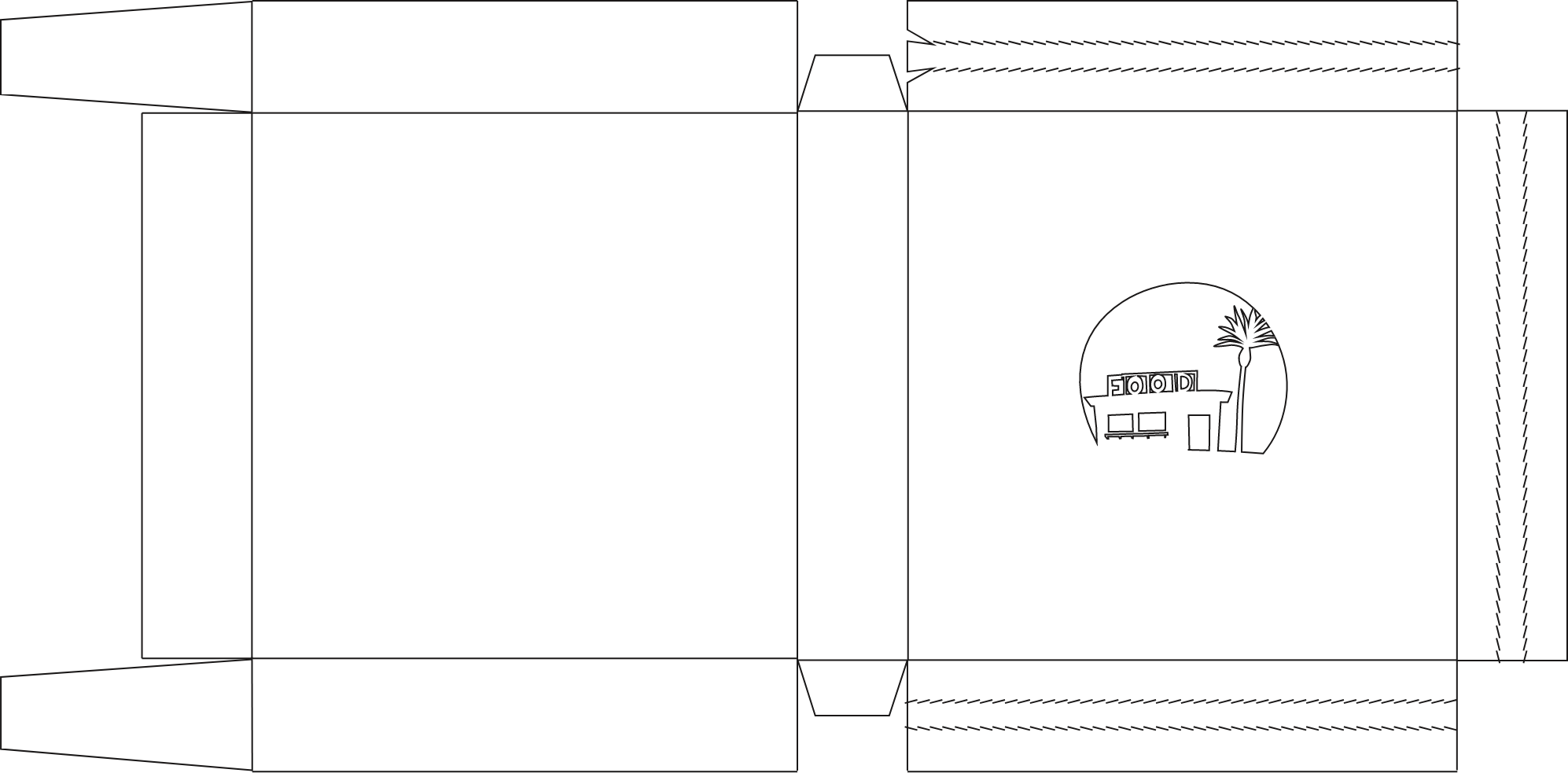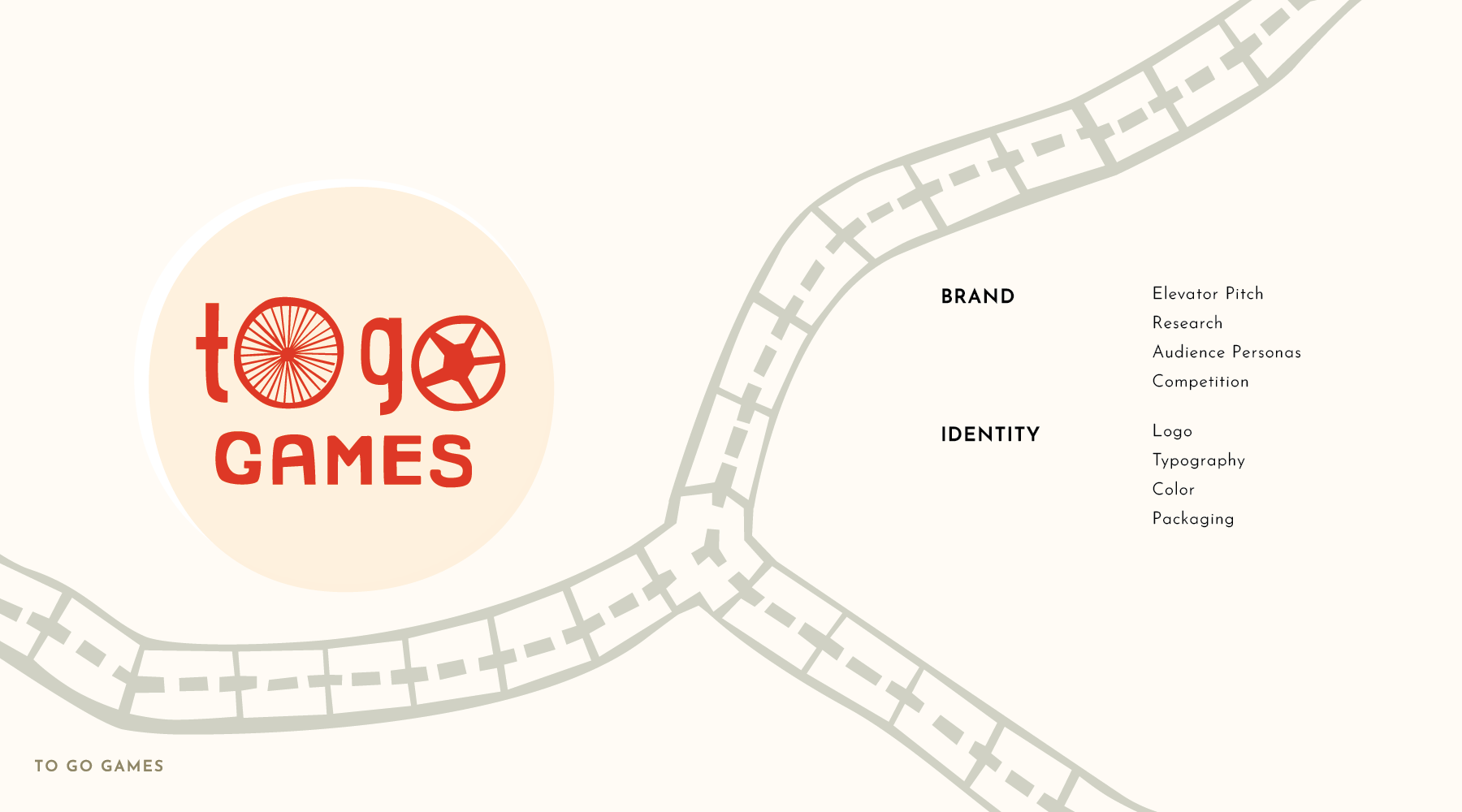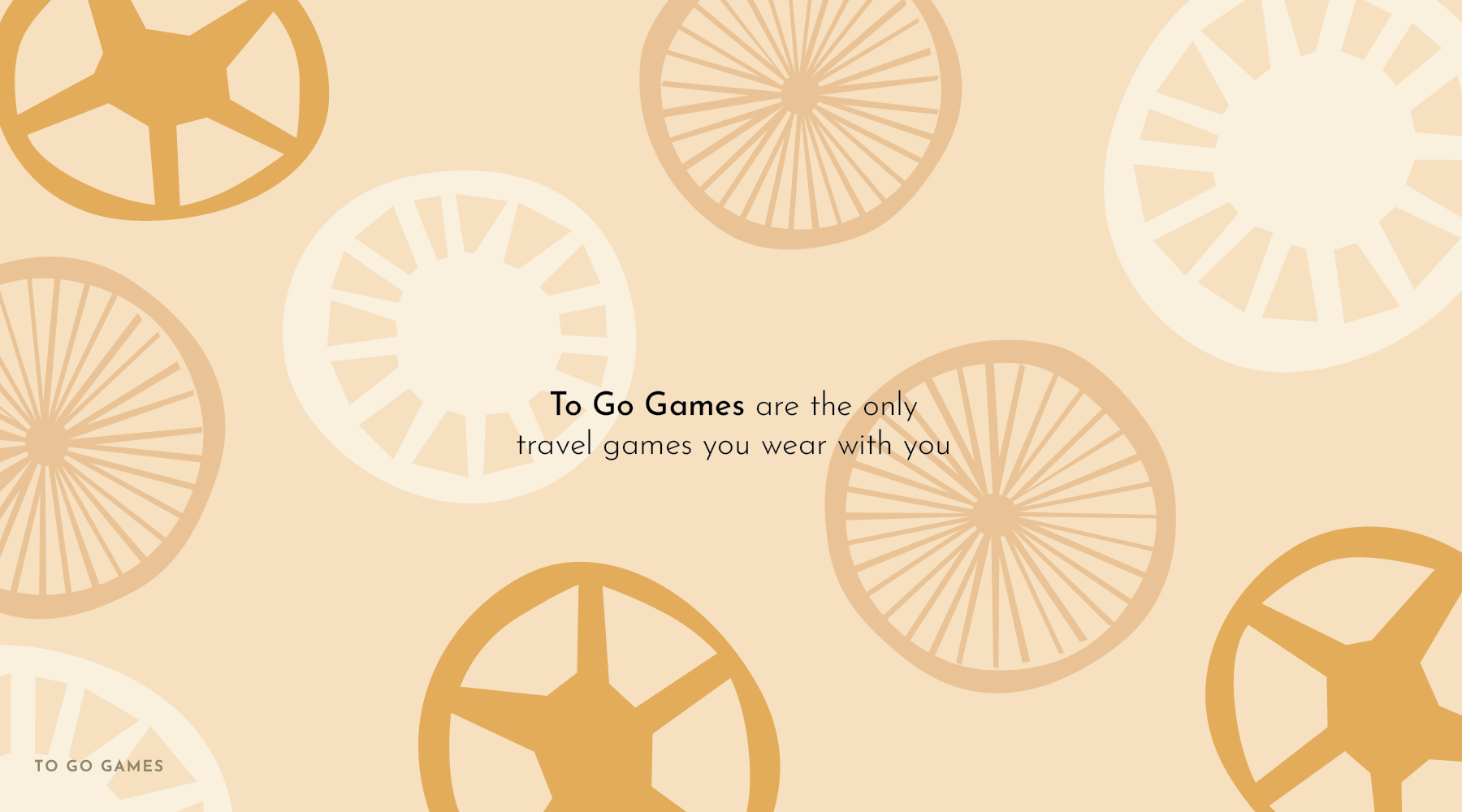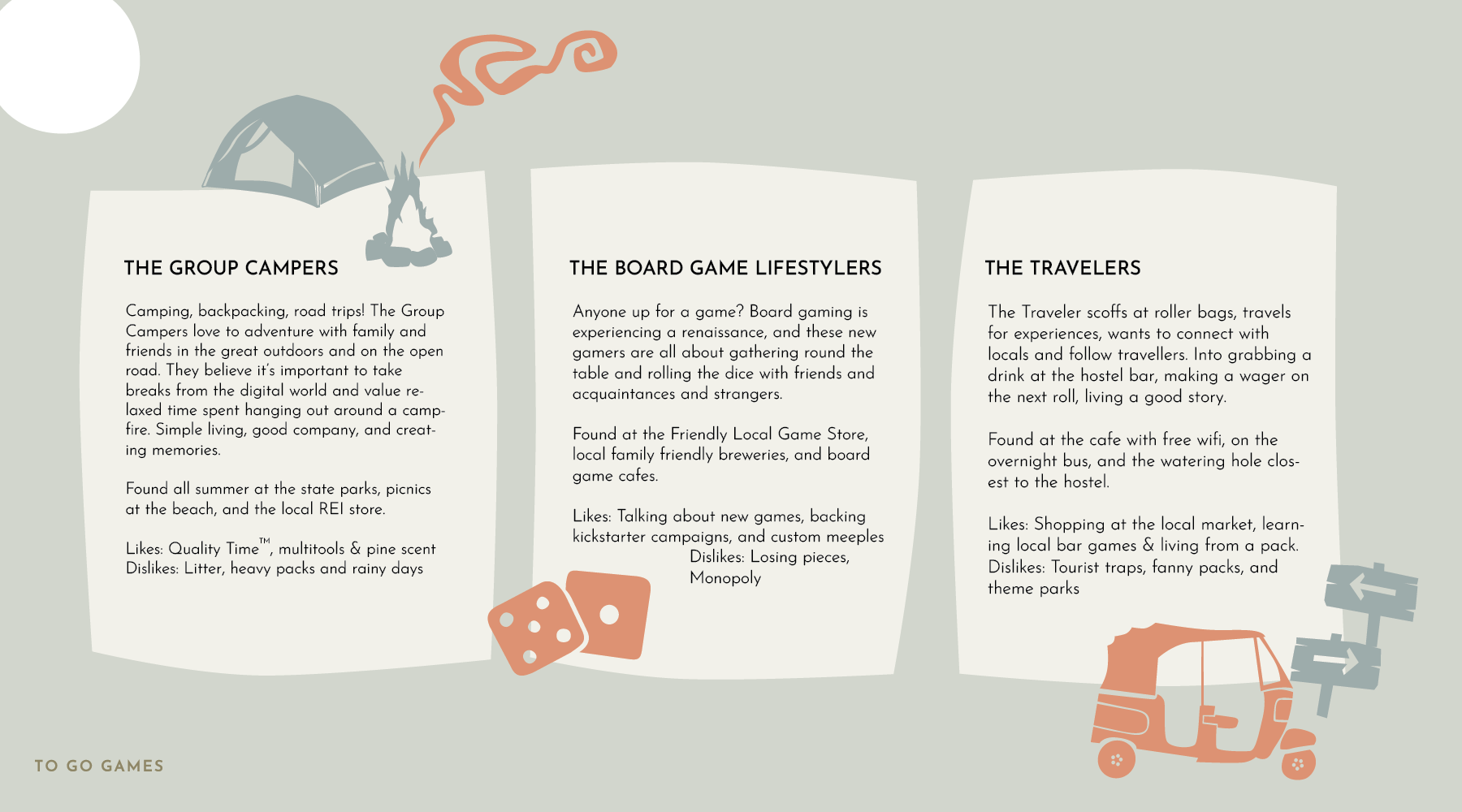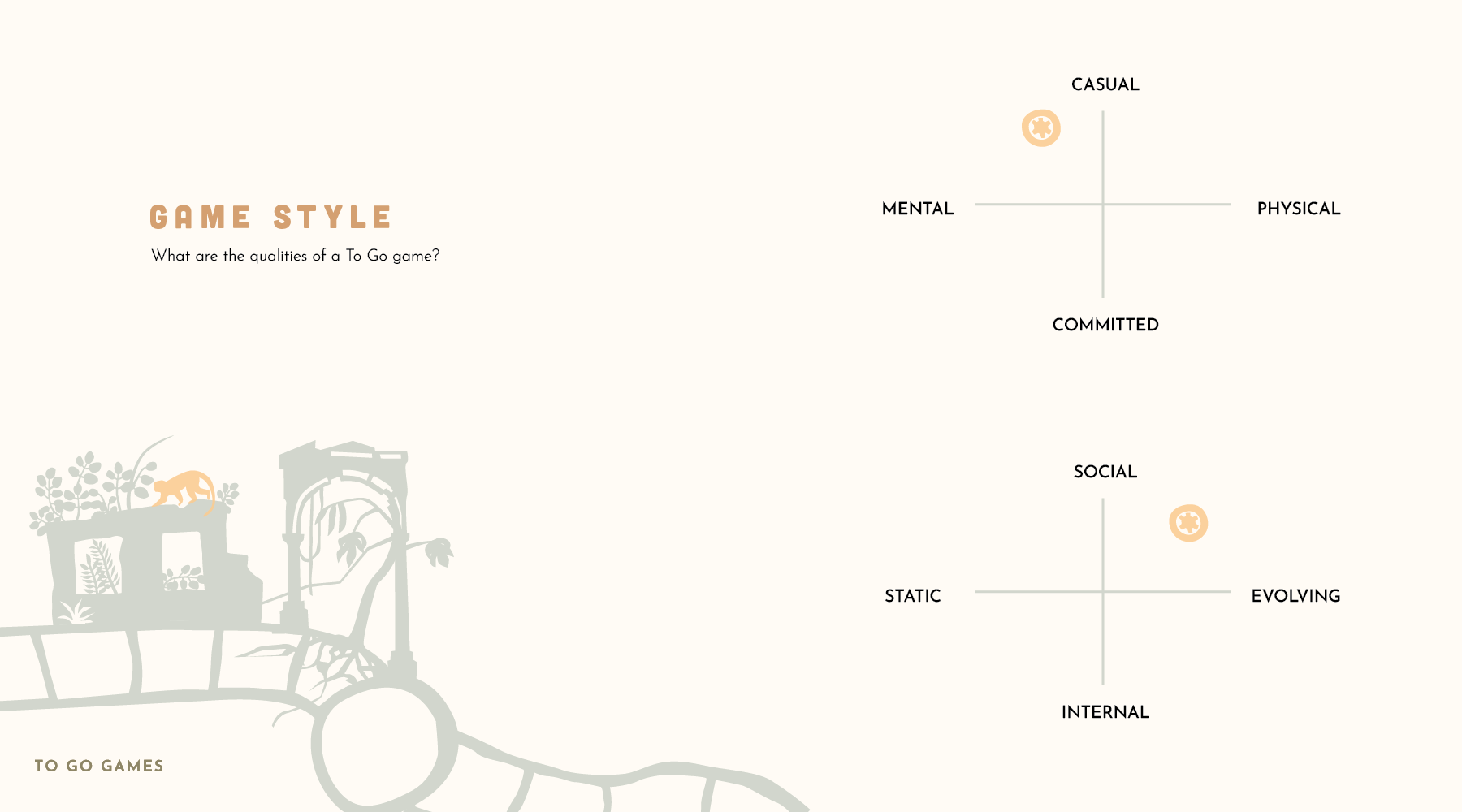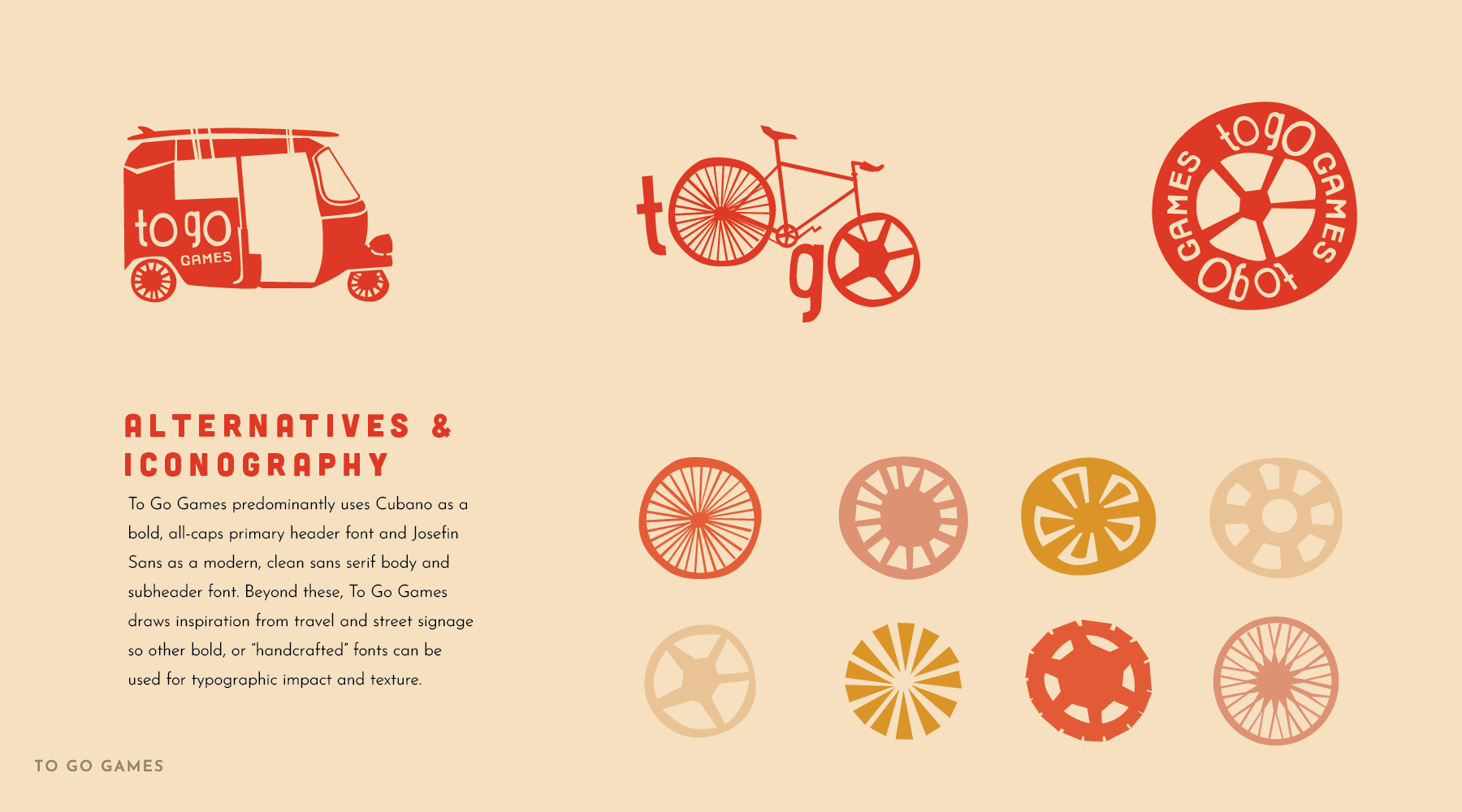To Go Games
Wearable Travel Games
Overview
To Go Games was a set of travel friendly games and accessories developed for my senior thesis project. My class’ thesis theme was ‘games’, and we spent the first semester focused on research; conducting user interviews, taking research field trips, and play testing prototypes. My key takeaway was that games are powerful tools for facilitating interpersonal engagement.
For my final project, I wanted to focus on games as objects of social connection, and noticed that a lot of “travel” games were simply big games scaled down. I saw an opportunity to creating portable games that were designed for travel. The research, designs, and model making were conducting in 2012, but I redesigned the branding document, updated the packaging and took new photography in 2020.
YEAR
DURATION
TOOLS
Process
Opportunity
Competition
While conducting market research about travel games, I observed that a lot of options were just larger games scaled down. Many of these games had hard-to-use, easy-to-lose parts, and often the game play suffered significantly.
I saw an opportunity to design games and game accessories specifically designed for travellers and people on the go.
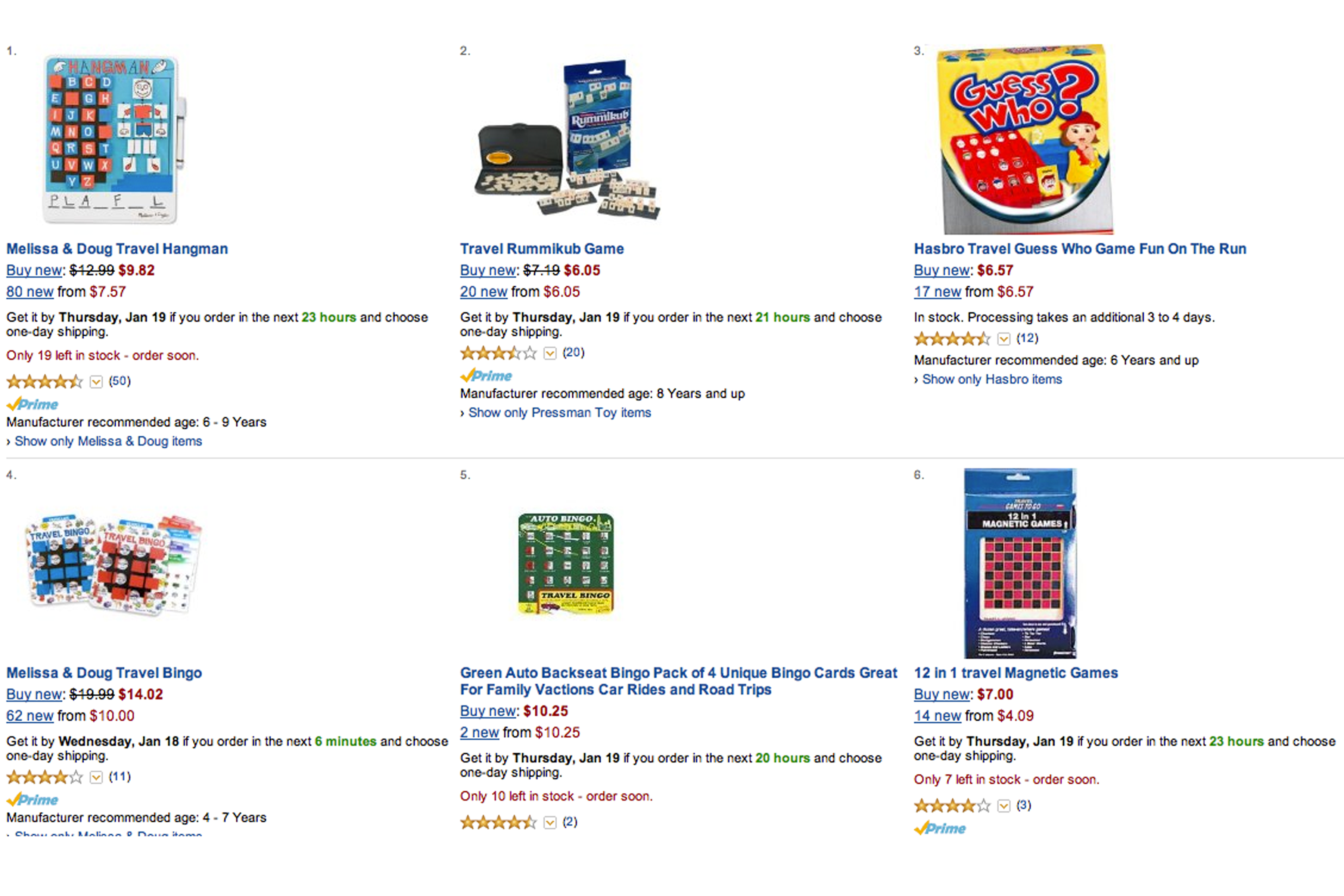
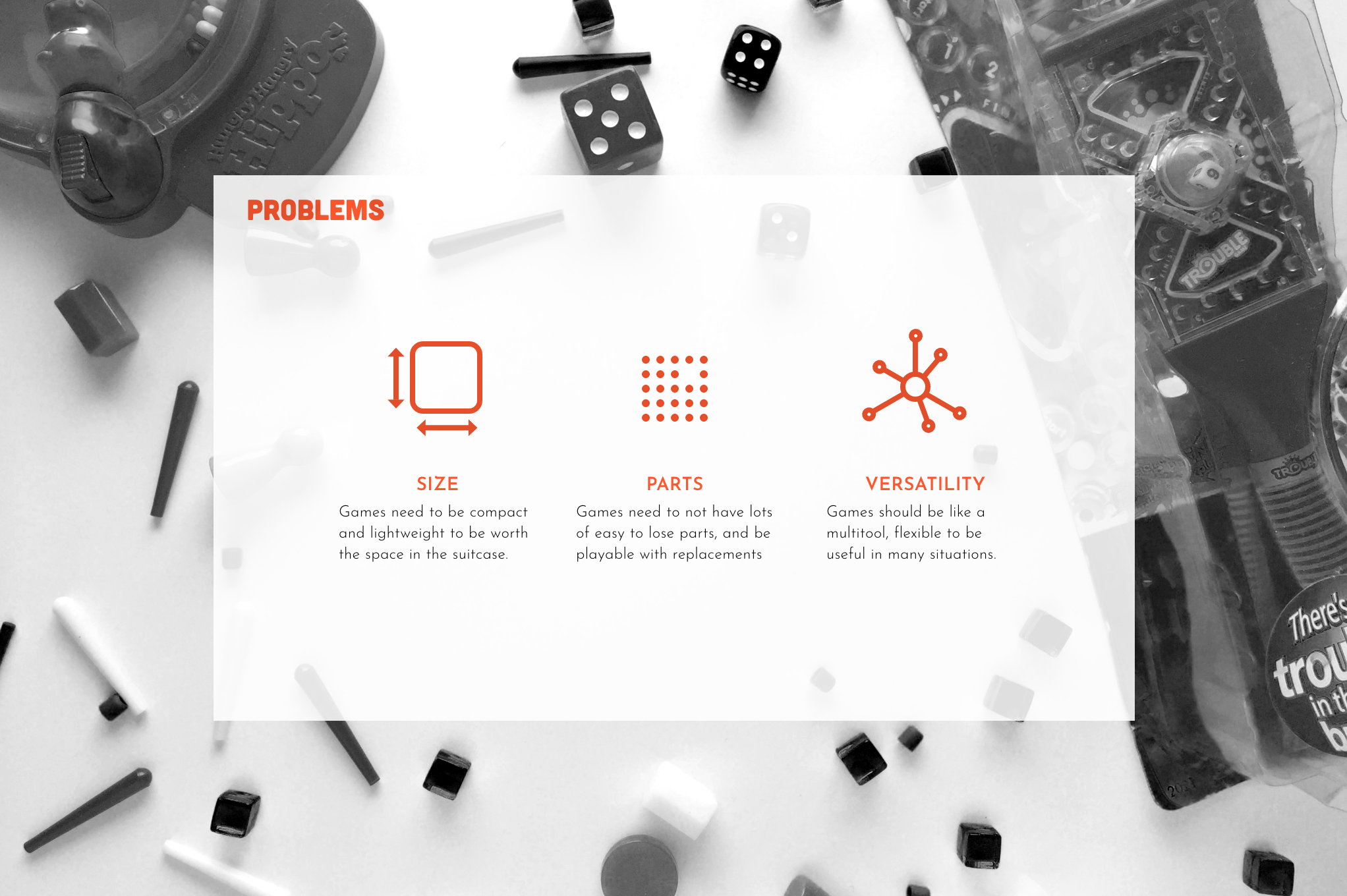
Ideation
I quickly generated ideas and features for travel games, then chose five to develop further. The idea that seemed like the most fun was the Pop-o-matic ring.
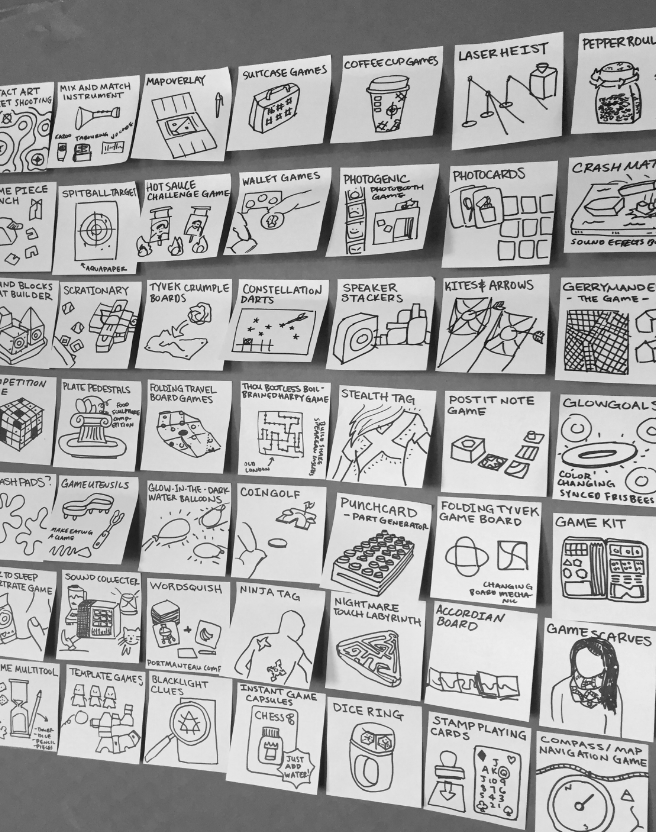
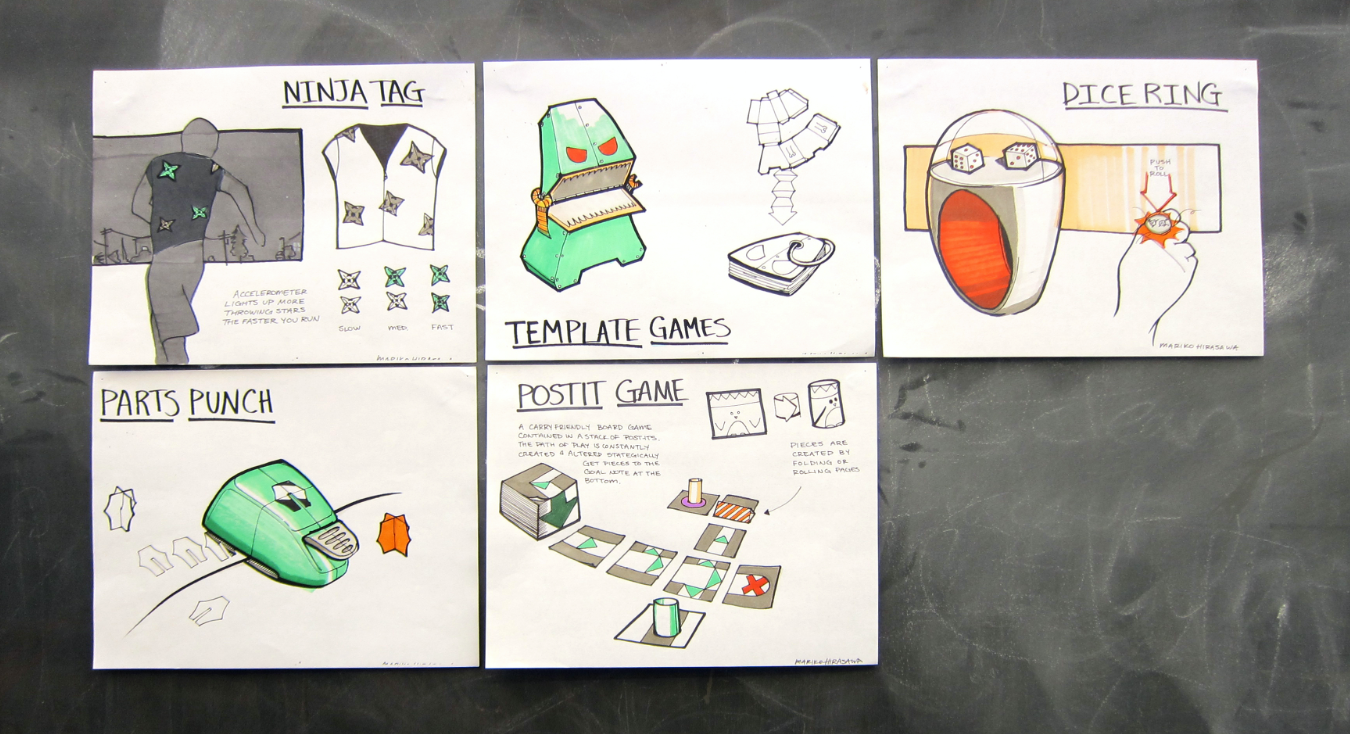
Pop Ring Process
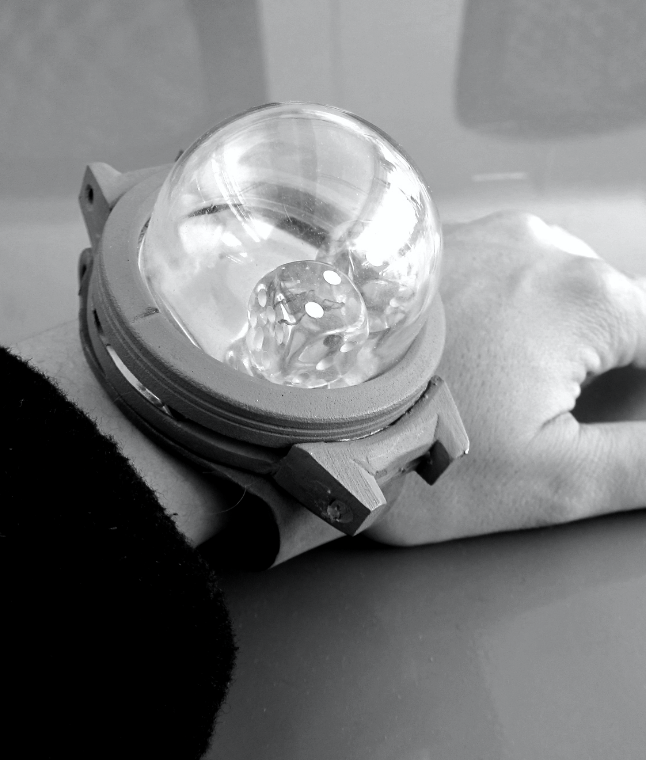
I made a rough working prototype, but scaled up to wrist watch size.
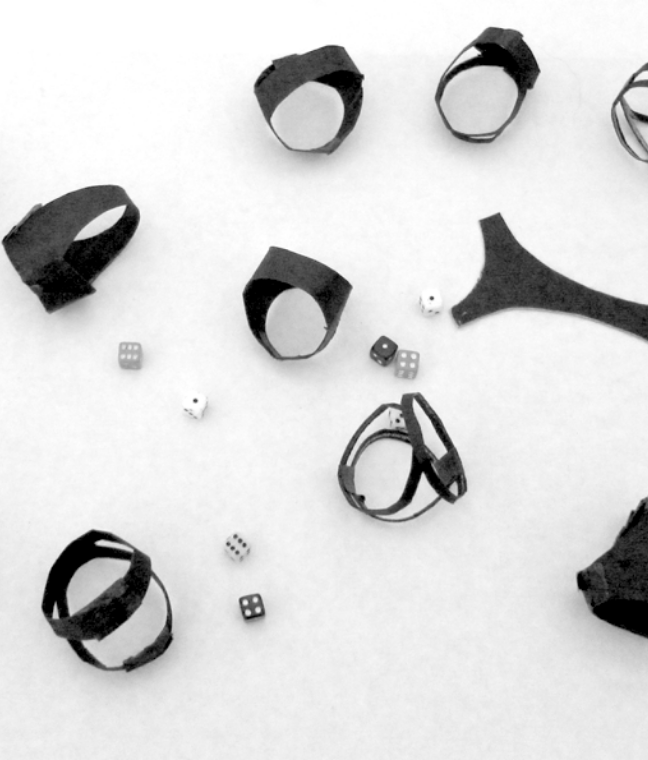
Paper models and sketches helped to develop the form and mechanics. I wanted to create a piece that bridged games and accessories.
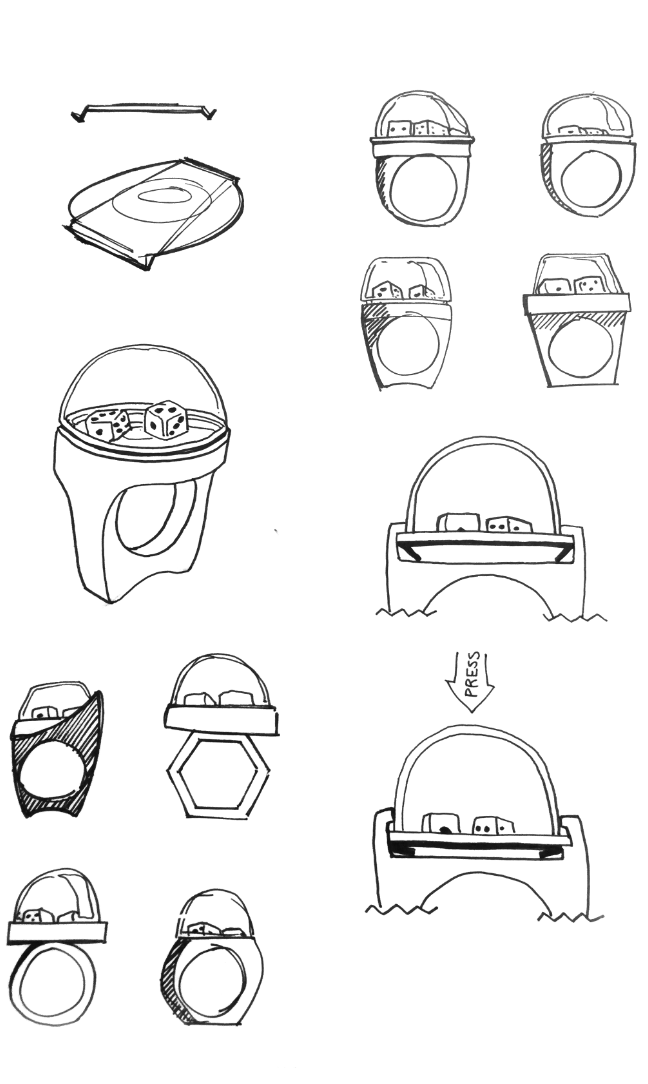
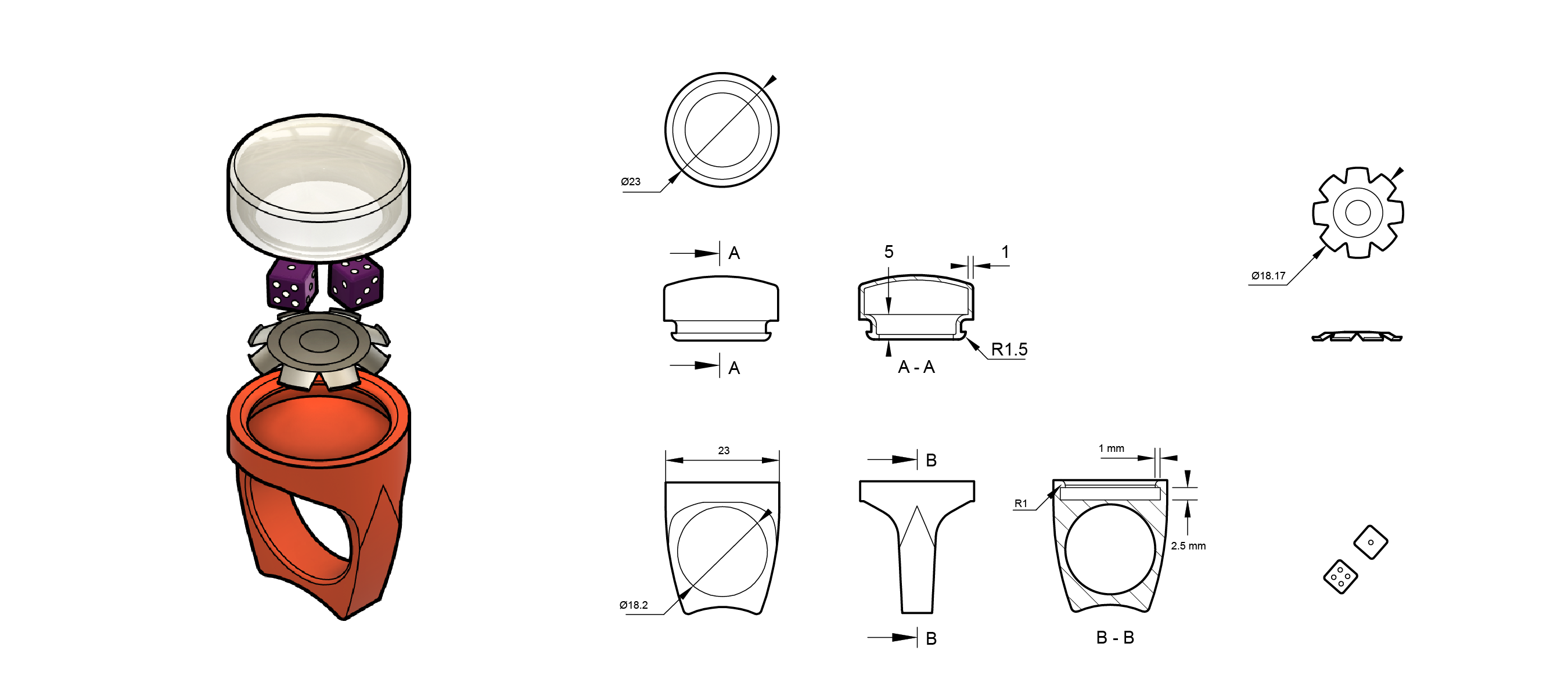
I modeled the ring in Solidworks, working out how to be able to press fit the parts together. I decided to start by modeling a size 8 ring, to fit the pop pieces I sourced.


I had to print out several versions to find what the ideal dimensons were to press fit the ring parts together.
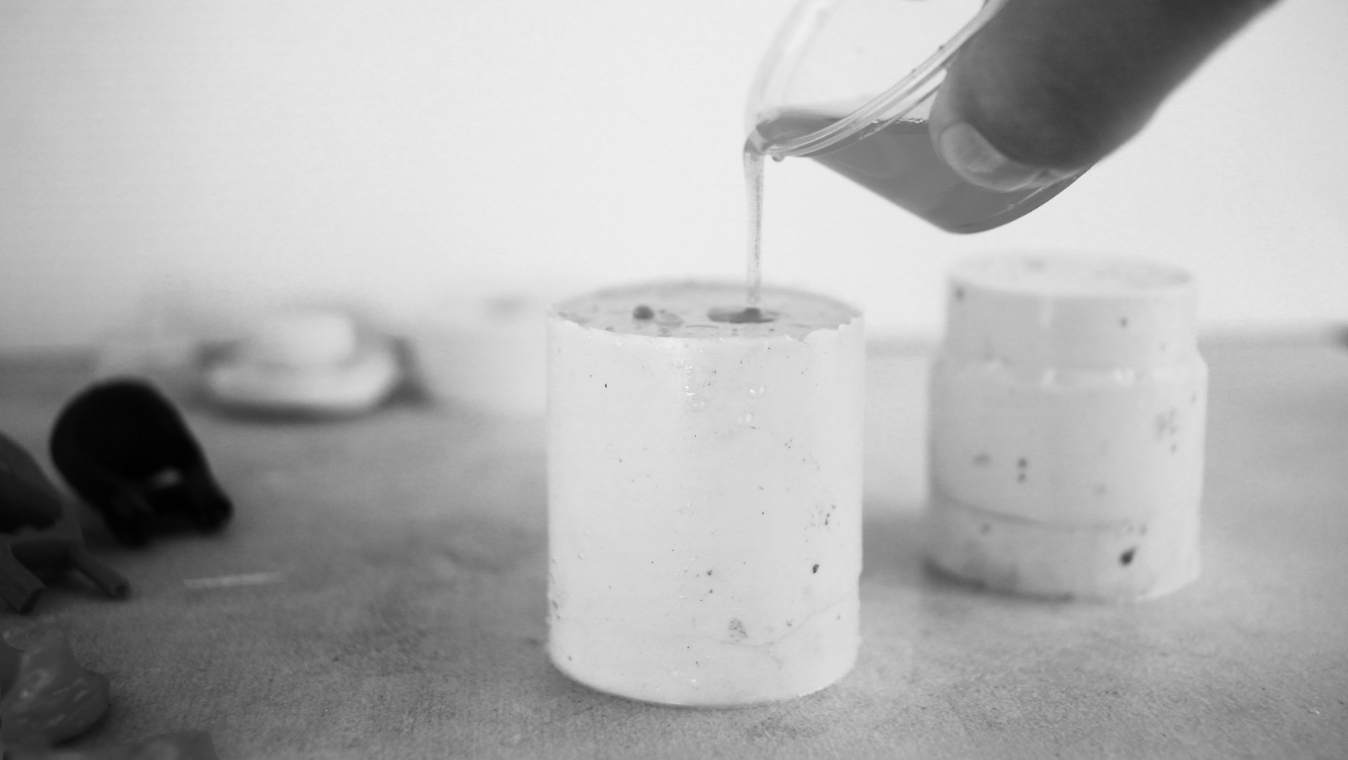
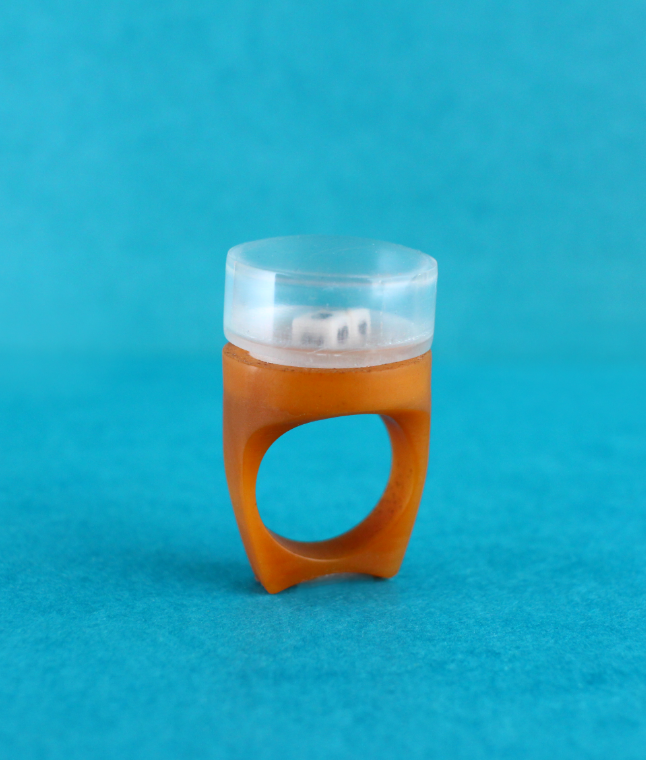
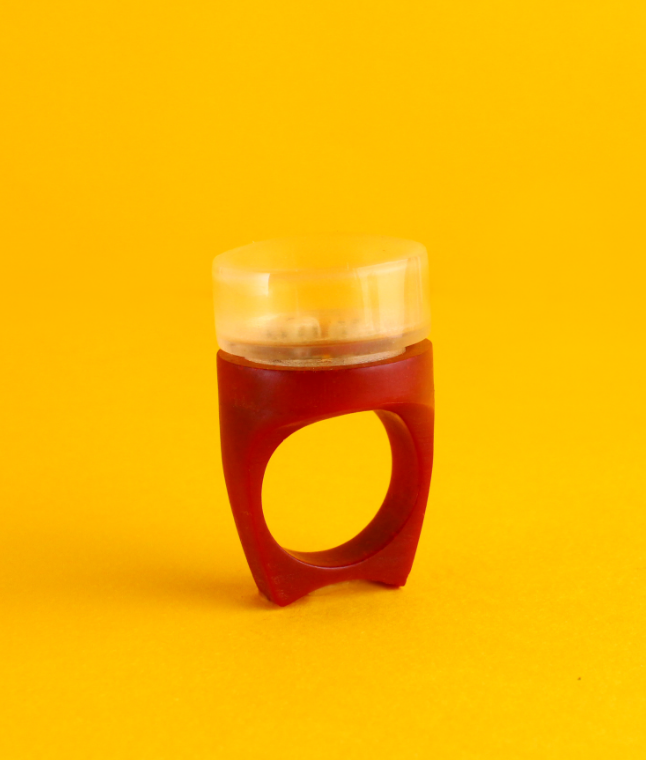
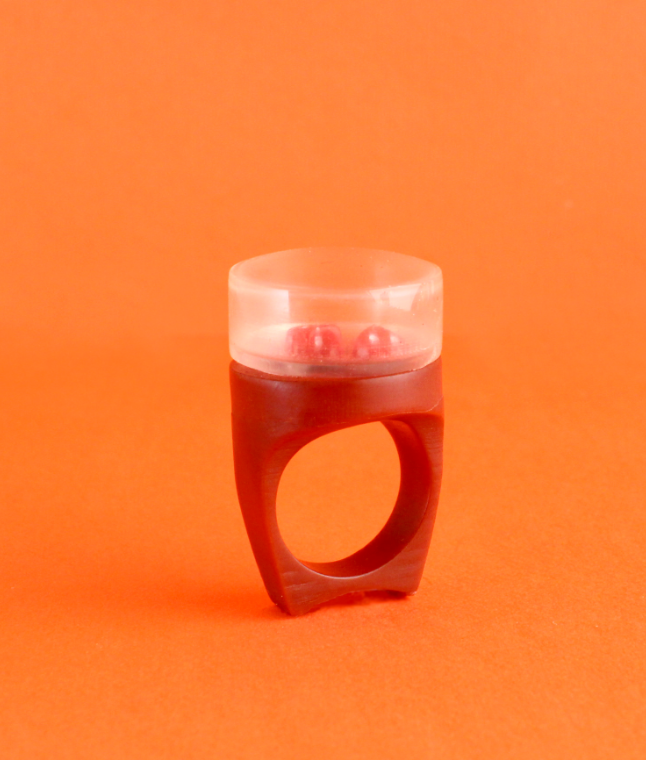
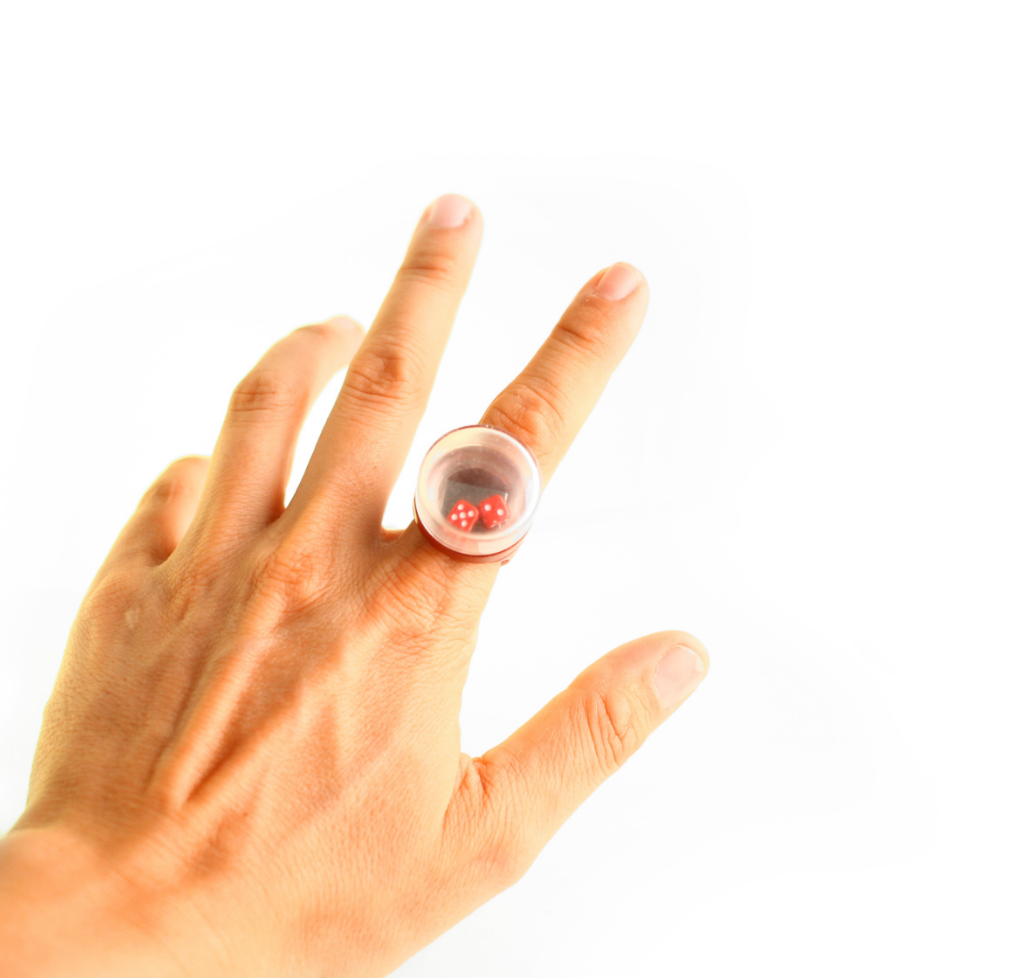
Scarf Process

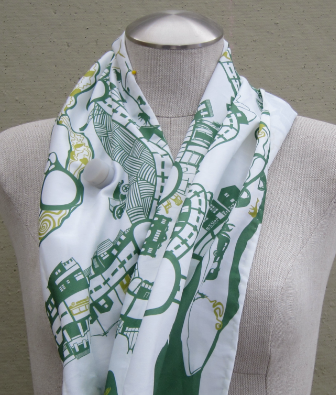
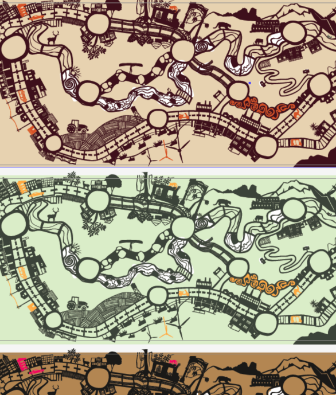
I started working on another wearable game, a scarf that used the theme of travel for the users. It used coins instead of pieces so that parts would be easy to find. I developed a magnetic pin version of the Pop-o-matic.
Branding
In 2012, I started my branding document, developed the logo and completed positioning exercises. In 2020, I formatted these exercises into an expanded version with typography, colors and brand imagery.
Packaging
